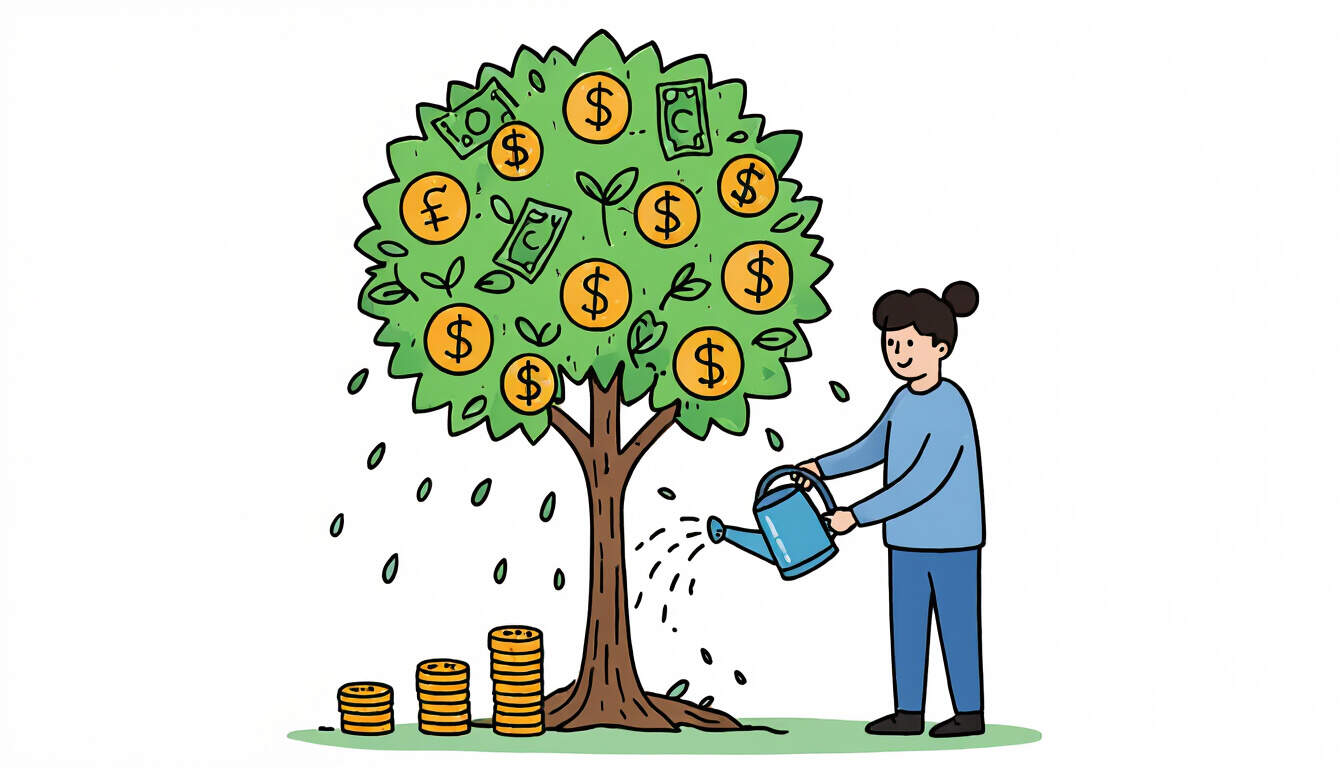Effective Ways to Use Exchange-Traded Funds in Cashflow Management
 by Lilian Nienow
by Lilian Nienow
Exchange-traded funds offer a flexible option for managing cashflow in personal and business finances. Learn how these investments can help small business owners and individuals build stability and growth through smart strategies and tips.

Exchange-traded funds have become a key part of modern finance for those seeking to improve their financial health. These funds allow investors to buy shares in a collection of assets, much like stocks, but with the benefits of diversification. For small business owners, using exchange-traded funds can mean better control over cash reserves.
In finance, maintaining steady cashflow is essential for both individuals and businesses. It ensures that money flows in and out without disruptions. Cashflow management involves tracking income and expenses, and investments like exchange-traded funds can play a role here by providing potential returns that supplement regular earnings.
Why Consider Exchange-Traded Funds for Cashflow?
One main advantage is the liquidity they offer. Unlike some investments that tie up funds for long periods, exchange-traded funds can be bought and sold throughout the trading day. This feature makes them ideal for adjusting strategies quickly based on cash needs. For instance, a small business owner might use these funds to generate extra income during slow seasons.
Another benefit is the low cost. Many exchange-traded funds have minimal fees, which helps preserve more of the returns. This is particularly helpful for individuals building personal savings. By investing in ETFs, people can grow their portfolios without high expenses eating into their cashflow.
Diversification is also a strong point. These funds spread investments across various assets, reducing the risk of loss from a single investment. In cashflow terms, this means more stable returns over time, which can support ongoing financial needs for businesses and households alike.
Strategies for Small Business Owners
Small business owners often face challenges with irregular income. Here, exchange-traded funds can provide a buffer. One approach is to allocate a portion of profits into ETFs focused on stable sectors, like bonds or index funds. This way, businesses can earn passive income that bolsters their cash reserves.
For example, setting aside funds in ETFs that track market indices allows owners to benefit from broad economic growth. Over time, these investments can yield dividends or capital gains, which add to the business's available cash. It's important to review these holdings regularly to align with overall financial goals.
Additionally, using exchange-traded funds in retirement plans or emergency funds can enhance security. Businesses might even encourage employees to invest in such funds as part of benefit packages, promoting long-term stability.
Tips for Individuals Seeking Financial Growth
Individuals can also leverage exchange-traded funds to manage personal cashflow effectively. Starting with a small investment in broad-market ETFs provides exposure to a range of stocks without the need to pick individual ones. This simplifies the process and reduces risks.
A practical tip is to automate contributions to these funds from regular income. By doing so, individuals can build wealth steadily, ensuring that a portion of their earnings works towards future cash needs. Financial stability often comes from consistent habits like this.
Moreover, during times of surplus cash, shifting some into ETFs can help counter inflation effects. This keeps the value of money growing, which is crucial for long-term plans such as education or home purchases.
Potential Risks and How to Handle Them
While exchange-traded funds offer many advantages, they are not without risks. Market fluctuations can affect their value, potentially impacting cashflow if funds need to be withdrawn at a loss. To mitigate this, investors should maintain a balanced portfolio and avoid putting all cash into high-risk ETFs.
Another consideration is taxes. Gains from these funds might be subject to capital gains tax, which could reduce net returns. Planning around tax seasons and consulting basic financial resources can help minimize impacts.
Overall, the key is balance. Combining ETFs with other savings methods, like high-yield accounts, creates a more resilient financial setup. This approach supports both short-term cash needs and long-term growth.
In summary, incorporating exchange-traded funds into cashflow strategies offers practical ways to achieve financial goals. Whether for a small business or personal finances, these tools can foster stability and growth through thoughtful investment.
